Miranda's Story
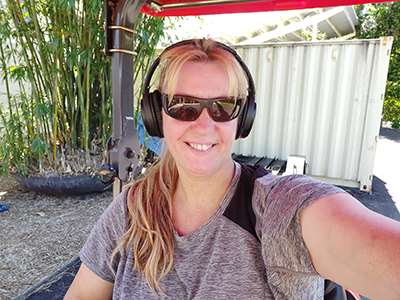
VERRIERDALE QLD
Condition: Neurogenic bladder due to spinal cord injury
Uses: Male length Intermittent catheters
Challenges: Pain management
On the fast track
Born in the UK and immigrating to Australia in her early years, Miranda was on the fast track in a career in the public service in Canberra, when a 2013 motorbike accident led to a S1/L5 spinal cord injury and spinal fusion surgery. Miranda now uses a wheelchair, but she is living her dream of owning a horse agistment business on the QLD sunshine coast.
Miranda's accident also resulted in traumatic brain injury. She spent three months in Canberra hospital in the ICU, trauma unit and finally a ward before she was transferred to the Prince of Wales Hospital in Sydney for specialist surgery. She remained there for 6 months of spinal rehab.
Traumatic Transition
The transition from hospital to home after 9 months was a particularly difficult one. Miranda struggled with being in a home which didn’t work for her needs and found many things overwhelming. She missed the support network and psychological support of the spinal unit at Prince of Wales and struggled with not having the routine which had been part of her days and weeks in hospital. She was still not physically very strong and felt isolated while she tried to adjust and find the support she needed.
Due to her brain injury, Miranda was initially unable to read and undertake other tasks she had previously taken for granted. Learning how to get around in a chair and managing her other cognitive issues meant that life “fell apart”. It took time to find a new rhythm in her home life.
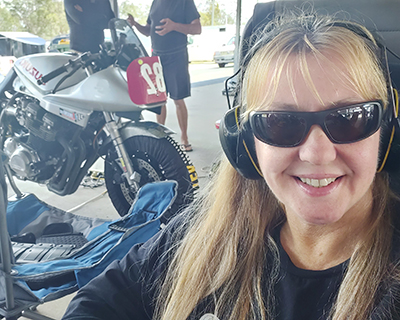
Stepping Forward
A specialist spinal physio has been essential and Miranda continues to visit the physio 2-4 times a week and maintains a rigorous home exercise routine. One of her goals was to walk again, despite medical opinions to the contrary and paralysis in her left leg and both feet. It took 3 and a half years until she was able to stand up straight using crutches, splints and orthotic shoes. Then, after 6 years she took a series of steps at the parallel bars. Walking is possible but is incredibly painful and Miranda uses her chair 98% of the time.
During her initial hospitalisation, she was using an indwelling catheter and leg bag, and continence had taken a backseat in importance. Then one day a continence nurse came to show Miranda how to use an intermittent catheter. Until that point, she had not considered that her bladder would not recover. The first time she practised catheter insertion with a nurse she found it deflating and the process took her an hour. It was a further 6 months for the process to become routine.
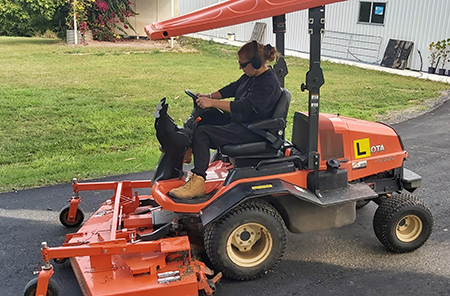
Catheter Options
Miranda was originally using a pre-lubricated catheter but found Paralogic online. After talking with our staff she was pleased to find that the Paralogic intermittent catheters drain much better – she also loves the much more affordable price point and super-fast delivery. Miranda purchases the male length catheters as the added length (40cms vs the 18cm female catheters) allows her greater flexibility when catheterising. She often catheterises on a bed or flat surface using a urine drainage bottle and finds the longer catheters give her a better aim. She also travels several times a year and finds the longer catheters allow greater freedom with catheterising in a car seat or cramped space.
Originally catheters were supplied to Miranda under the insurance from the accident and they would just be delivered to her home. It wasn’t until she started to look at the delivered boxes herself and talked to someone that she realised there were different size and length options. As Miranda says herself “male length catheters are what I grew up with”, so it was easier to continue with what she knew. Urinary tract infections are a common problem and Miranda suffers from them 2-3 times a year. She keeps a supply of urine test strips on hand and if a problem arises will call her GP, who will despatch a script for her immediately.
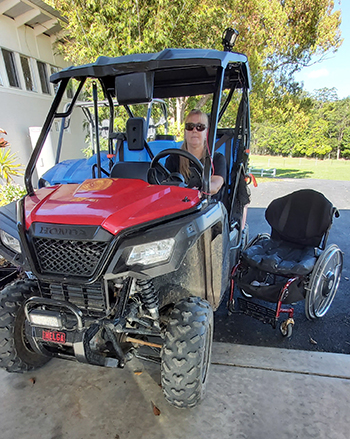
Pain and Progress
Pain dominates Miranda’s life. She has near constant pain in both feet and has nerve pain that spikes up and down. She has seen 5 pain doctors in 4 states and still suffers from constant debilitating pain. Her regular physio routine helps to manage the pain and keeps her strong, healthy and flexible. She is on a range of opioid pain medications and after several close calls has systems in place to avoid overdose. She tracks her dosages with a pill tracker app so she and her husband are alerted when she is approaching set limits. But still 2-3 times a month she suffers with the dreadful symptoms of drug toxicity, which leave her bed ridden for several days.
A Change of Scenery
Miranda and her husband made the move to Queensland in 2019. As a person with a spinal cord injury the cold in Canberra had become too much for Miranda. The move to Queensland was preceded by 3 years of research and travel as they struggled to find a house that needed little in the way of modifications. It was also essential that Miranda be able to locate the right GP, spinal physio and hospital close by for when they would be needed. The house they chose was the perfect fit - it was all one level and suitable for a wheelchair resident. Miranda has retained movement in her right leg and finds mobility at the property simple using a range of motorised transport including her 4-wheeler, “Helga” and her ride-on Kubota lawn mower.
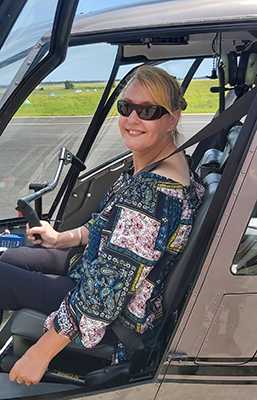
The move north took 12 months of adjustment to settle into the new lifestyle. When Miranda was a child, she had been a horse rider and the perfect property came with 51 acres and a current horse agistment business. Now a successful business woman she manages the day to day running with the help of her husband. Her rural property and the business have given her purpose. On 51 acres there is always something to do and that sense of purpose has helped Miranda move into a much more positive place in her life.
Aiming High
Miranda continues to set herself goals and push hard to achieve them. She recently had her second instruction flying lesson in a Robinson R44 helicoper. She flew all around the Sunshine Coast between 600 and 900 feet watching the sea sparkle and horses galloping along the beach and looks forward to one day having her recreational pilots licence.
